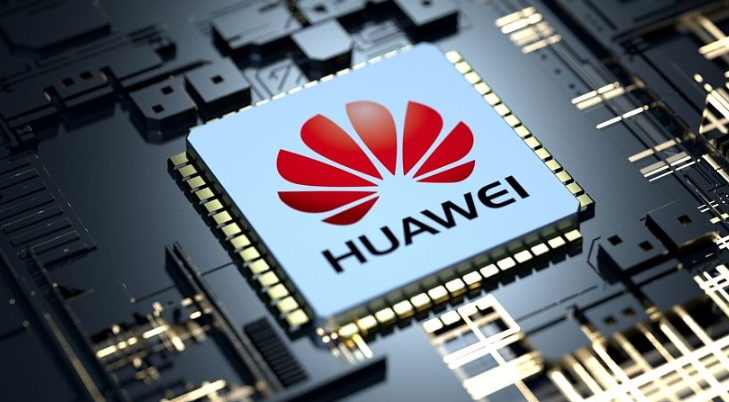Huawei's Ascend AI chip series has become a crucial part of China's strategy for semiconductor self - sufficiency. After years of U.S. export restrictions on advanced chips, Huawei unveiled its Ascend 910C in late 2024. This processor aims to rival NVIDIA's H100 while operating within China's restricted technology environment. This breakthrough is not only a technical achievement but also a geopolitical statement against semiconductor sanctions.
The Architecture Revolution: From 7nm Limitations to Chiplet Excellence
The core of the Ascend 910C is Huawei's proprietary Da Vinci architecture, which is optimized for AI workloads through three specialized compute units handling tensor, vector, and scalar operations. The chip uses chiplet technology to integrate two 910B processors into a single package. This method effectively doubles the compute density while getting around the constraints of advanced lithography. Built on SMIC's N + 2 7nm process, the 53 - billion - transistor chip delivers 320 TFLOPS FP16 performance, which is a 40% improvement over its predecessor.
Performance Metrics: Narrowing the Gap with NVIDIA
Inference Power: 640 TFLOPS FP16 vs. NVIDIA H100's 680 TFLOPS (88% parity)
Memory Bandwidth: 3.2 TB/s HBM2e vs. NVIDIA's 4.0 TB/s HBM3
Energy Efficiency: 310W TDP with a 2.1x improvement in the TOPS/Watt ratio

Market Strategy: Disrupting NVIDIA's Dominance
Huawei's strategy focuses on cost - sensitive AI inference markets. Its CloudMatrix 384 cluster can deliver 300 PFLOPs using 384 Ascend 910C chips, a 5.3x scale advantage over NVIDIA's 72 - chip GB200 NVL72 system. By 2025, Huawei aims to produce 100,000 Ascend 910C units, targeting Chinese hyperscalers like ByteDance and Alibaba Cloud. Early adopters have reported a 94% model compatibility with popular frameworks such as PyTorch and TensorFlow through Huawei's CANN software stack.
Geopolitical Implications: China's Semiconductor Sovereignty
The launch of the Ascend 910C aligns with China's $27 - billion semiconductor fund announced in November 2024. This fund prioritizes AI chip R & D and domestic manufacturing. Analysts estimate that this initiative could reduce China's reliance on imported chips by 40% within three years. Despite challenges like a 20% production yield rate and HBM memory dependencies, Huawei's vertical integration strategy—from chip design (HiSilicon) to manufacturing partnerships (SMIC)—positions it as a viable alternative to Western suppliers.
Challenges Ahead: Sustainability and Ecosystem Development
Although Huawei has shown technical strength, the commercial viability of the Ascend 910C remains uncertain. The current yield rate of 20% (compared to NVIDIA's 70% for the H100) translates to higher per - unit costs. Moreover, creating a competitive AI ecosystem requires overcoming NVIDIA's entrenched CUDA ecosystem. This is a hurdle that Huawei is addressing by focusing on optimizing the MindSpore framework and forming enterprise partnerships.
Industry Reactions: A New Contender Emerges
"Huawei's Ascend 910C isn't just another chip—it's a manifesto for technological sovereignty."- SemiAnalysis, April 2025
The global response to the Ascend 910C has been mixed. Western analysts question Huawei's ability to scale production, while Chinese tech giants like Tencent and Baidu have already placed pre - orders exceeding 70,000 units. The chip's $1,200 price point (vs. NVIDIA's $3,500 H20) offers a compelling value proposition for budget - conscious enterprises.
Key Takeaways
?? The Ascend 910C reaches 640 TFLOPS FP16 performance, challenging NVIDIA's H100
?? Chiplet design overcomes 7nm process limitations with dual - die integration
?? Huawei targets 100,000 - unit production by 2025, hitting NVIDIA's China market share
??? A $27B Chinese semiconductor fund propels domestic AI infrastructure growth
? The CloudMatrix 384 offers 300 PFLOPs cluster power, twice NVIDIA's GB200 NVL72
